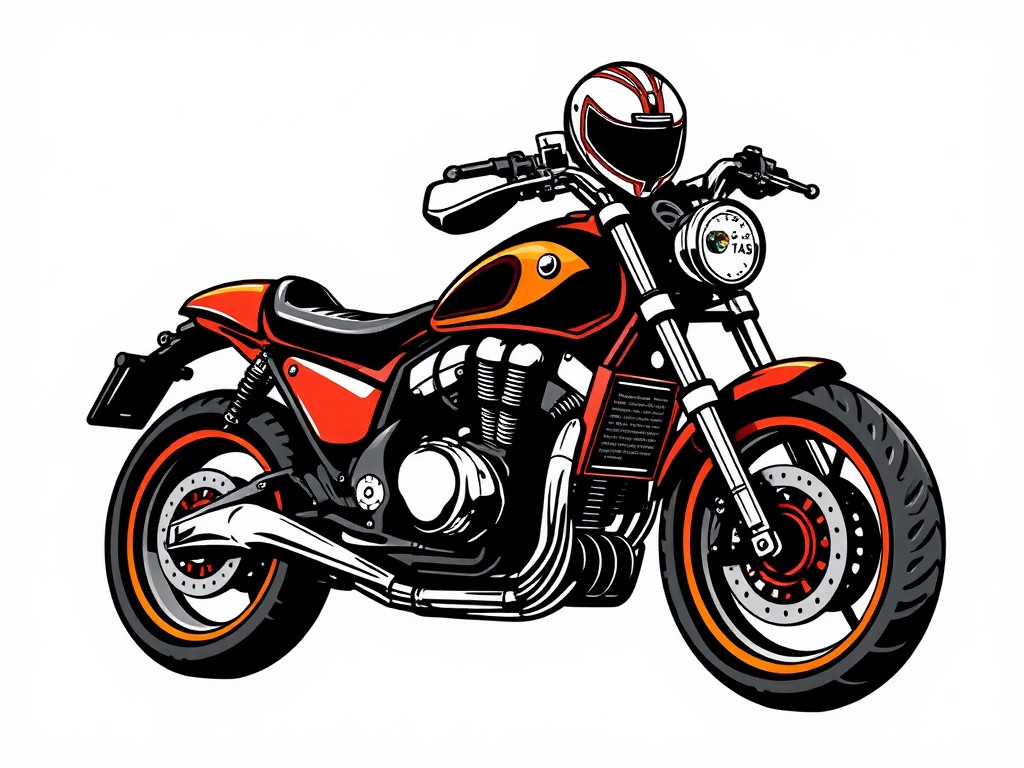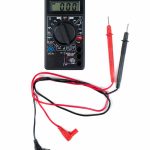In the world of motorcycles, maintenance is a term as important as the bike itself. As an owner of a Honda CBR600RR, one of the crucial tests you must learn to perform is a compression test. This process allows you to get an overview of the state of your motorcycle engine, offering insights into its health and lifespan. In this guide, we’ll dive into the process of doing a compression test, what you should be on the lookout for, and what the results mean. Let’s embark on this journey together, learning about your bike’s health along the way.
The Basics of the Compression Test
Before we delve into how to perform the compression test, it’s essential you grasp what it is and why it’s important. A compression test measures the pressure generated by the pistons during an engine’s combustion process. This test will help you identify any damage or wear in the piston rings, valves, or cylinder walls – all components vital to your motorcycle’s performance.
In the same genre : What is the procedure for bleeding the clutch system on a Suzuki Bandit 1250?
Performing a regular compression test on your Honda CBR600RR allows you to preempt possible engine failures, giving you ample time to address any issues. The test also allows you to check the uniformity of compression in all cylinders, which is crucial in balancing the engine’s load.
Preparing for the Compression Test
The first step in performing a compression test is preparing your bike. You should warm up the engine before starting the test. A warm engine will give you a more accurate reading than a cold one. Run your bike for a few minutes, and then let it cool down but not completely.
Also to read : What are the steps for calibrating the suspension on a Ducati Hypermotard 939?
Next, prepare your workspace. Make sure you have a well-lit area with ample room to maneuver around your bike. Gather all your necessary tools, including your compression tester, the bike’s manual, and any other tools you may need. Consult your manual for specific maintenance instructions for Honda CBR600RR.
You should then remove the fuel pump fuse to prevent fuel from entering the engine during the test. Also, disconnect the ignition coils and spark plugs wires to prevent the bike from starting while you’re performing the test.
Performing the Compression Test
Now, it’s time to perform the actual compression test. Start by attaching the compression tester to the first cylinder. You can find the correct adapter for your engine in your compression tester’s kit.
Next, open your bike’s throttle to its maximum, then crank the engine. Keep an eye on the compression tester. It will begin to show a reading. Crank the engine until the reading on the tester stabilizes, then record the reading. Repeat the process for each of the other cylinders, recording the readings each time.
The readings should all be within the range specified in the Honda CBR600RR manual. If a reading falls significantly below this range, it suggests that the cylinder is not sealing properly and may need repairs.
Interpreting the Compression Test Results
Understanding what the test results mean is as crucial as performing the test itself. A healthy Honda CBR600RR engine will have compression readings between 120 and 180 PSI (Pounds per Square Inch). All cylinders should record similar pressure levels. A difference of 10% or more between the highest and lowest readings may indicate a problem.
Low compression in one or more cylinders often points to a problem with the valves, the piston rings, or possibly a head gasket failure. High compression, on the other hand, could result from excessive carbon build-up in the cylinder. It’s important to rectify these issues promptly to prevent more serious engine damage.
How to Maintain Engine Health Post-Test
After performing the compression test, there are several measures you can take to maintain your engine’s health. Regular oil changes are vital. Routinely check your bike’s oil and coolant levels and refill them as necessary. Always use high-quality engine oil that meets the standards set out in your bike’s manual.
Also, make it a habit to check the state of your motorcycle’s air filter. A clean air filter ensures that your engine gets enough clean air for the combustion process. You should also ensure that your bike’s fuel system is clean and functioning properly.
Performing a compression test on your Honda CBR600RR is a great way to keep track of your engine’s health. However, this test is only a part of the broader maintenance routine that your bike requires. Never underestimate the importance of regular checks and maintenance. By doing so, you’ll enjoy a smoother ride and prolong your bike’s lifespan.
Conducting Regular Oil Pressure Checks
After performing a compression test, a regular check on the oil pressure is also crucial for the Honda CBR600RR’s engine health. An engine’s oil pressure is a clear indicator of the engine’s overall health, and it is directly linked to the engine’s lifespan and performance.
To monitor the oil pressure, first, ensure that the engine oil level is sufficient. The oil level should be between the minimum and maximum marks on the dipstick. If the oil level is below the minimum mark, add more oil to reach the desired level.
When the bike is running, the Honda CBR‘s oil pressure gauge should show a steady reading. If the oil pressure fluctuates or drops suddenly while the engine is running, this could indicate a problem. A low oil pressure reading could mean that oil is not being distributed adequately throughout the engine. This could lead to severe issues, such as engine damage or oil starvation.
Remember, the engine’s RPM (revolutions per minute) will affect the oil pressure reading. Typically, at idle speed, the oil pressure will be lower, and it will increase as the engine RPM increases.
As per the repair manual, if you are consistently getting low oil pressure readings, it could be due to a faulty oil pump, a clogged oil filter, or worn engine bearings. A high oil pressure reading, on the other hand, could suggest that the oil is too viscous or the oil passages are blocked. If you encounter any of these issues, it’s wise to consult a service repair professional or an experienced forum member.
Conclusion: Ensuring the Longevity of Your Honda CBR600RR
Maintaining the health of your Honda CBR600RR is not a one-time task, but a continuous process. Regularly performing a compression test, monitoring the oil pressure, and keeping an eye on the oil and coolant levels are vital aspects of this process.
Remember, the key to a smooth ride and a long-lasting engine is understanding the importance of these checks and being consistent with them. Always refer back to the service manual for any uncertainties and don’t hesitate to seek help from experienced riders or forum members. In the end, the time and effort you put into your bike’s maintenance will reflect in its performance and longevity.
Finally, it’s important to understand that while these checks and measures provide a great deal of insight into the engine’s health, they don’t replace professional maintenance and repair services. Scheduled servicing, as recommended in the manual Honda, along with these checks, will ensure that your bike stays in top shape.
So, whether you’re an experienced rider or have just started your journey with the Honda CBR600RR, remember that regular maintenance is the key to unlocking your bike’s full potential. As the saying goes, "an ounce of prevention is worth a pound of cure," and this could not be truer when it comes to motorcycle maintenance. As we wrap up, remember always to check your spark plug health and avoid potential problems like front rear tyre imbalance and engine start issues. Happy riding!











